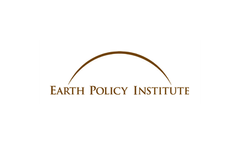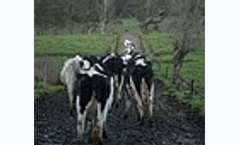Refine by
Livestock Operations Articles & Analysis
6 articles found
Unfortunately, sharing the barn with pest birds isn’t sanitary and the costs and dangers of birds in dairy and livestock operations can add up quickly! See how to keep dairy barns bird-free with a few tips from Avian Control. 1. ...
The project In a major breeding farm from Bergamo, Italy, Rota Guido Srl has installed two reverse osmosis (RO) and ultrafiltration plants that, coupled with a biogas plant ensure local livestock operations are efficient, sanitary and environmentally responsible. ...
High concentrations (300 ng/L) of androstenedione (A4) were identified in snowmelt runoff from fields fertilized with manure from livestock feeding operations in Wisconsin. In fishes, A4 is an active androgen and substrate for biosynthesis of functional androgens (e.g., testosterone and 11‐ketotestosterone) and estrogens (e.g., estradiol‐1713). ...
Agroforestry, the deliberate placement of trees into crop and livestock operations, can help capture substantial amounts of carbon on agricultural lands while providing production and conservation benefits. ...
Sweden is a recent pioneer in labeling food with its carbon footprint along with nutritional facts. As agriculture localizes, livestock production will likely start to shift away from mega-sized cattle, hog, and poultry feeding operations. The shift from factory farm production of milk, meat, and eggs by returning to mixed crop-livestock ...
The animal husbandry industry is a major emitter of ammonia (NH3), which is a precursor of fine particulate matter (PM2.5) —arguably, the number-one environment-related public health threat facing the nation. The industry is also a major emitter of methane (CH4), which is an important greenhouse gas (GHG). We present an integrated process model of the engineering economics of technologies to ...






